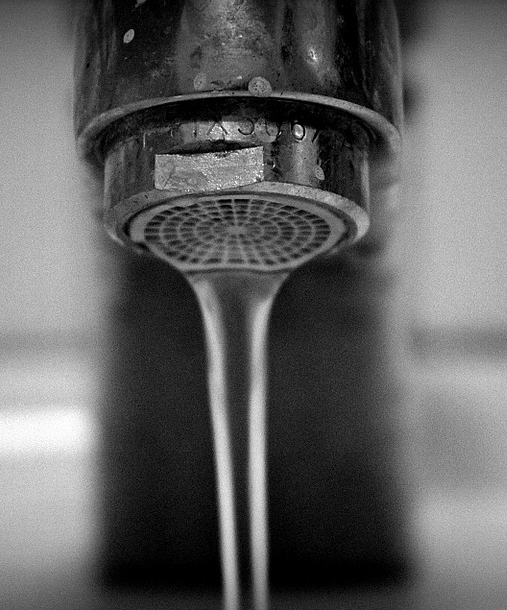Op-Ed: Water Resilience in the Age of COVID-19

Op-Ed: Water Resilience in the Age of COVID-19
Op-Ed
In the past few weeks, communities around the country have experienced record-breaking rain, heat, hurricanes, and drought. We have seen flooding from failed dams and levees, as well as fires from unseasonably dry forests and grasslands. It is increasingly clear that the climate crisis is a water crisis. As some say, “if climate change is a shark, water is its teeth.”
But climate change is not the only challenge we are facing. Extreme weather events are hitting in the midst of a pandemic and recession that together have reminded us of the critical role clean water plays in protecting health, and the fragility of the systems we rely on to provide safe water and sanitation to our homes and businesses.
Right now, there are two million Americans without running water to wash their hands. Millions more have had water service cut off because they couldn’t pay their bills. Many water utilities are facing financial challenges that could delay key infrastructure investments and lead to rate increases that exacerbate existing affordability issues. Staffing shortages due to illness and quarantine are threatening the operation of treatment plants and slowing the maintenance of water and sewer pipes.
While it may seem overwhelming to address all these challenges simultaneously, this confluence of crises has created a once-in-a-lifetime chance to build better, more resilient water systems rather than just plugging holes. It is time to invest in true water resilience.
For most of our history, we have looked back to help us plan ahead. In the water world, that meant studying past rainfall and river flows to learn how much water we can count on from year to year, and decide how big to build dams and diversions. It meant looking at historic water usage to project future demands, and budgeting for tomorrow based on yesterday’s income and expenses.
That worked reasonably well for a while, but we’re living in unprecedented times. History could not have prepared us for the overlapping events that are buffeting communities around the country now. Because we could not anticipate these challenges, we were not ready to manage them, and we are seeing the consequences all around us.
Rather than just reacting to the current stresses on our water system, we must look ahead to future challenges. That means preparing for climate change impacts we know are coming, while heading off even worse ones by reducing the emissions associated with pumping, treating, and transporting water.
One way to do this is by making wiser use of existing water supplies. We are seeing huge conservation progress in Southwestern cities like Las Vegas, San Antonio, Tucson, and Santa Fe, thanks to programs that help families and businesses buy more efficient appliances and replace lawns with low-water landscapes. Another solution is green infrastructure, which can help to drought and flood-proof communities while reducing air and water pollution. Cities from Pittsburgh to Seattle and Los Angeles are building green streets, rain gardens, and riverfront parks, where hardworking plants soak up rain, filter runoff, and replenish underground aquifers.
In addition to preparing for climate change, we must also make our water systems resilient to major societal disruptions like pandemics, natural disasters, terrorist attacks, and severe recessions. We must not only ensure we physically have enough water for the future, but that the human and technological elements of our water systems can function even in times of great difficulty. That means ensuring the financial health of the 50,000 utilities that deliver our drinking water and manage wastewater, and ensuring those services are affordable for all.
It now seems certain that the 21st century will be among the most turbulent and unpredictable periods in human history. Many aspects of our society — including our water systems — are facing unprecedented uncertainty. The climate crisis and all its many impacts to our planet and ways of life will almost certainly be a leading cause of this turbulence. We will be right to prepare for it. But true water resilience will prepare us not only for the many impacts and disruptions we can already foresee, but also all those we cannot.
Originally published in Next City.

